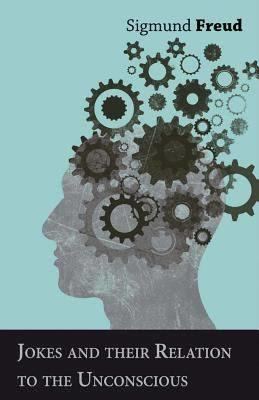Publisher F. Deuticke Published in English 1960 Published in english 1960 | Publication date 1905 Originally published 1905 Translator James Strachey | |
 | ||
Original title German: Der Witz und seine Beziehung zum Unbewußten Country Germany and Austria (1905)
United States (1960) Language German (1905)
English (1960) Subjects Psychoanalysis, Joke, Humour Similar Sigmund Freud books, Psychoanalysis books | ||
On freud s jokes and their relation to the unconscious
Jokes and Their Relation to the Unconscious (German: Der Witz und seine Beziehung zum Unbewußten) is a book on the psychoanalysis of jokes and humour by Sigmund Freud (1856-1939), first published in 1905 (translated into English in 1960). In this work, Freud described the psychological processes and techniques of jokes, which he likened as similar to the processes and techniques of dreamwork and the Unconscious.
Contents
- On freud s jokes and their relation to the unconscious
- Cabaret of cruelty freud s jokes and their relation to the unconscious
- Structure
- Analytic Part
- Synthetic Part
- Theoretical Part
- References
The book is referenced by the character Alvy in the opening seconds of Annie Hall, which won an Oscar for Best Original Screenplay.
Cabaret of cruelty freud s jokes and their relation to the unconscious
Contents
In Jokes and Their Relation to the Unconscious, Freud claimed that "our enjoyment of the joke" indicates what is being repressed in more serious talk. Freud argues that the success of the joke depends upon a psychic economy, whereby the joke allows one to overcome inhibitions.
According to Freud, understanding of joke technique is essential for understanding jokes and their relation to the unconscious, however, these techniques are what make a joke a joke. Freud also noted that the listener laughing really heartily at the joke will typically not be in the mood for investigating its technique.
Structure
The book is divided into three sections: "analytic," "synthetic" and "theoretical."
Analytic Part
The book's first section includes a discussion on the techniques and tendencies of jokes.
Synthetic Part
The second section includes a discussion on the psychological origins and motives of the joke and the joke as a social process.
Theoretical. Part
The book's final section discusses the joke's relation to dreams and the Unconscious.
